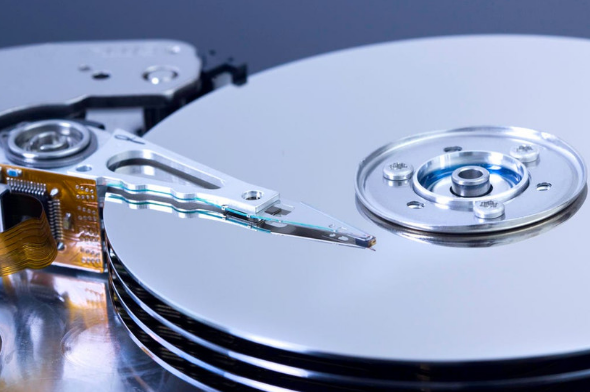Connection to DriversCloudCreate a DriversCloud.com accountReset your DriversCloud.com passwordAccount migration
Multi-arm allows Western Digital hard drives to approach SSD speeds
While not able to match the performance of NVMe SSDs, Western Digital's latest drives are getting closer to SATA SSDs.
While they have finally jumped on the SSD bandwagon, "traditional" hard drive manufacturers Seagate and Western Digital have not completely abandoned their original business. It must be said that in terms of price per terabyte, the hard disk still has arguments and that for a company's NAS(es), or even for a data center, the SSD solution is not yet as profitable. Moreover, with new technologies, hard drives can approach the performance of SSDs.
So, shortly after the presentation of the Seagate technology, it is Western Digital that does more than talk about its solution. Indeed, the American confirms that the hard disk DC HS760 is about to be marketed and that it integrates as of now the principle of "multiple actuators". It is necessary to know that on a hard disk, the data are stored on a certain number of trays. Arms equipped with read/write heads are placed nearby so that the heads can move on the surface of the platters to access the data or write new ones. The problem with this solution is that the arm is a single element and no matter which tray or trays are involved, it is difficult to read/write to multiple locations at once.
To remedy this - in part - Western Digital has therefore come up with the "multiple actuator arm". The American manufacturer separates the numerous arms into two parts: the upper part can thus move independently of the lower part and reach different areas of the platters. The performances are not necessarily doubled, but they progress nevertheless rather clearly, at least as regards the rates of reading/writing. Western Digital mentions " doubled sequential throughput and 1.7 times the performance of the Ultrastar DC HS560 in random ".
It is then possible to evaluate the expected performances of such a hard disk, but it is advisable to relativize them: these are maximums conceivable which depend much on the physical position of the data. Nevertheless, with a maximum of about 580 MB/s in sequential reading and about 550 MB/s in sequential writing, we are not far from the best SSDs in SATA format. Of course, NVMe SSDs are still far ahead and we should not expect the DC HS760 to have access times as high as those of an SSD.
The performance remains interesting, especially since Western Digital praises its energy efficiency. Indeed, the DC HS760 would be 37% more efficient than the DC HC560 at equal IOPS. Alas, even if the release is imminent, Western Digital does not communicate yet the price of its new hard disk which will remain however a model of company.





